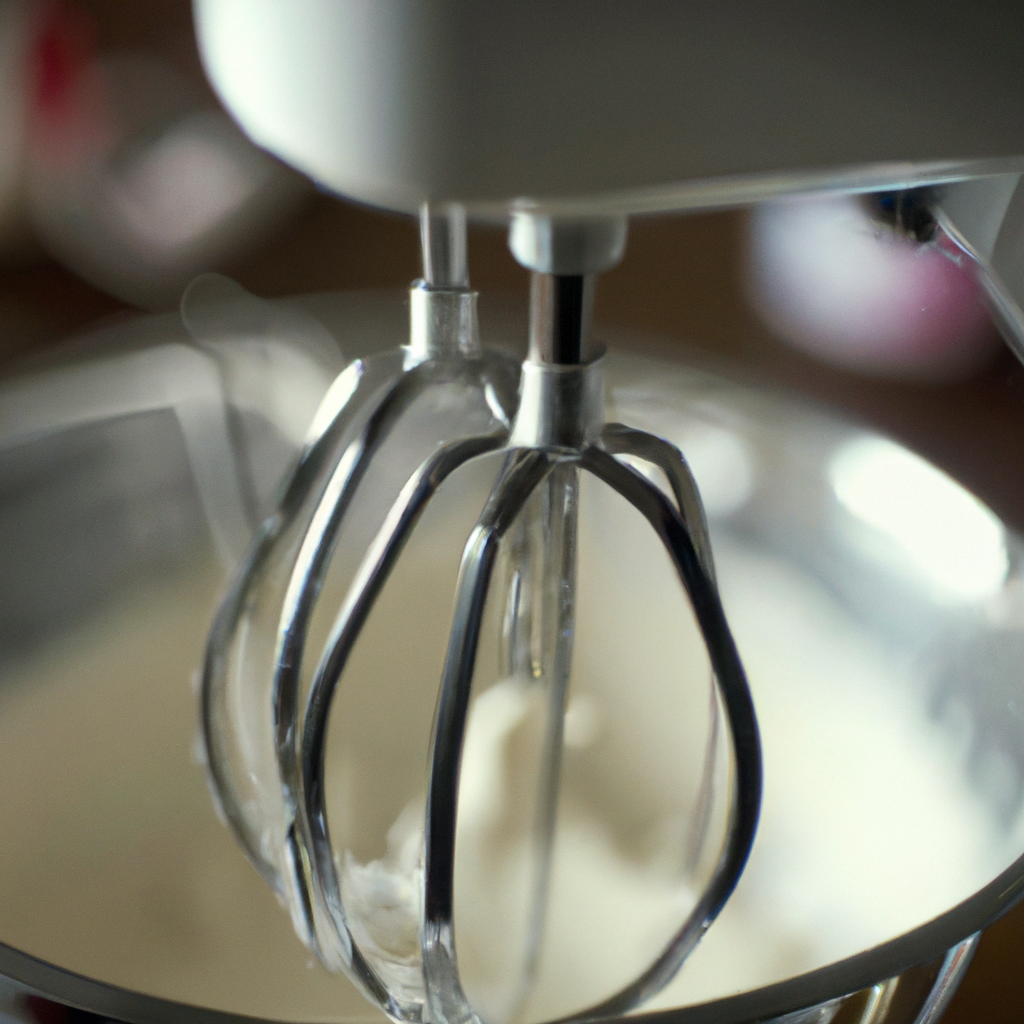Electric mixers have become an essential kitchen appliance for many households. Whether you’re mixing cake batter, whipping cream, or kneading dough, an electric mixer can make the task much easier and more efficient. But how does an electric mixer work? In this article, we’ll explore the science behind the mixing technology and the different components that make up a kitchen mixer.
The Mixing Mechanism
At the heart of an electric mixer is the mixing mechanism, which consists of mixer blades and a mixer motor. The mixer blades are attached to the motor and rotate when the motor is turned on. The blades are designed to move through the mixing bowl, blending the ingredients together.
The mixer blades come in different shapes and sizes, depending on the type of mixing required. For example, a whisk attachment is designed for whipping air into mixtures, while a dough hook is used for kneading dough. The blades can be easily attached and detached from the mixer motor, allowing for versatility in the kitchen.
The Mixer Motor
The mixer motor is responsible for powering the mixer blades. The motor is connected to the blades via a drive shaft, which rotates the blades when the motor is turned on. The power of the motor determines the speed and strength of the mixing action. Most electric mixers have multiple speed settings, allowing users to adjust the speed of the mixer blades to suit their needs.
The motor is usually located at the base of the mixer, and is enclosed in a protective casing. This casing helps to reduce noise and prevent the motor from overheating during use. Some high-end mixers also feature a built-in cooling system to help keep the motor running smoothly.
The Mixing Bowl
The mixing bowl is the container where the ingredients are combined and mixed together. The bowl is usually made of stainless steel or glass, and comes in different sizes to accommodate different amounts of ingredients. Some mixers also come with multiple mixing bowls, allowing users to switch between them as needed.
The bowl is attached to the mixer using a base plate, which holds it in place. The base plate also contains a locking mechanism, which ensures that the bowl stays securely in place during mixing. Some mixers also feature a tilt-head design, which allows the user to easily tilt the head of the mixer back to access the bowl.
Mixer Attachments
In addition to the mixer blades, electric mixers also come with a variety of attachments that can be used for different tasks. Some common attachments include:
– Whisk attachment: used for whipping air into mixtures, such as cream or egg whites.
– Dough hook: used for kneading dough, such as for bread or pizza.
– Beater attachment: used for general mixing, such as for cake batter or cookie dough.
– Pasta maker attachment: used for making pasta from scratch.
These attachments can be easily swapped out depending on the task at hand, making electric mixers a versatile kitchen appliance.
Conclusion
Electric mixers are a must-have kitchen appliance for anyone who enjoys baking or cooking. By understanding how they work and the different components that make them up, you can make an informed decision when purchasing a mixer for your own kitchen. Whether you’re looking for a basic model or a high-end mixer with all the bells and whistles, there’s a mixer out there to suit your needs.







